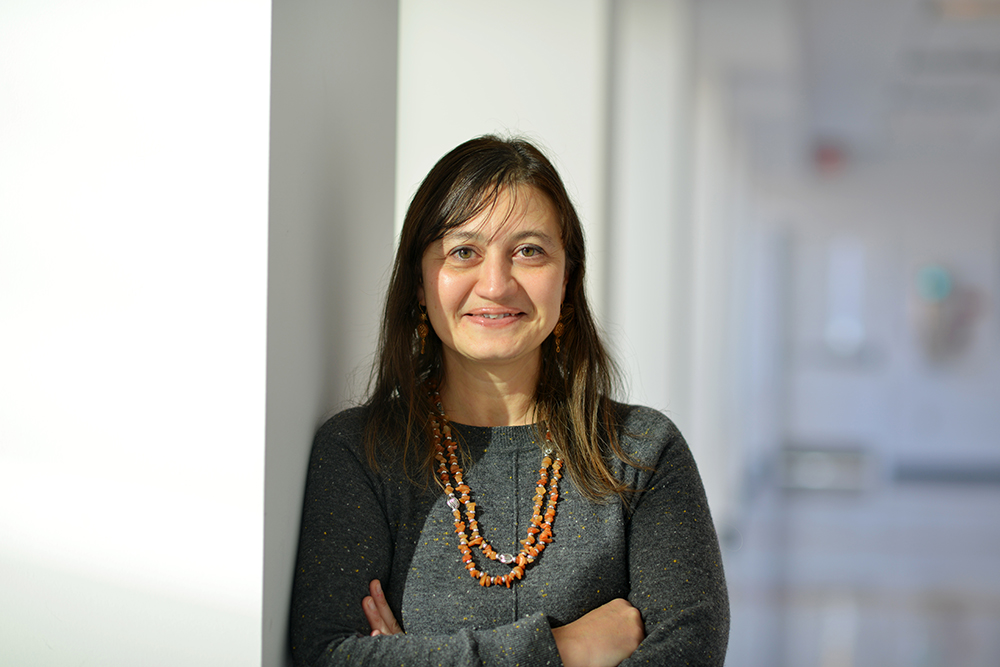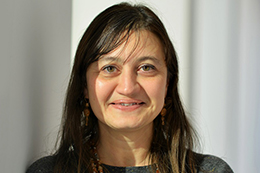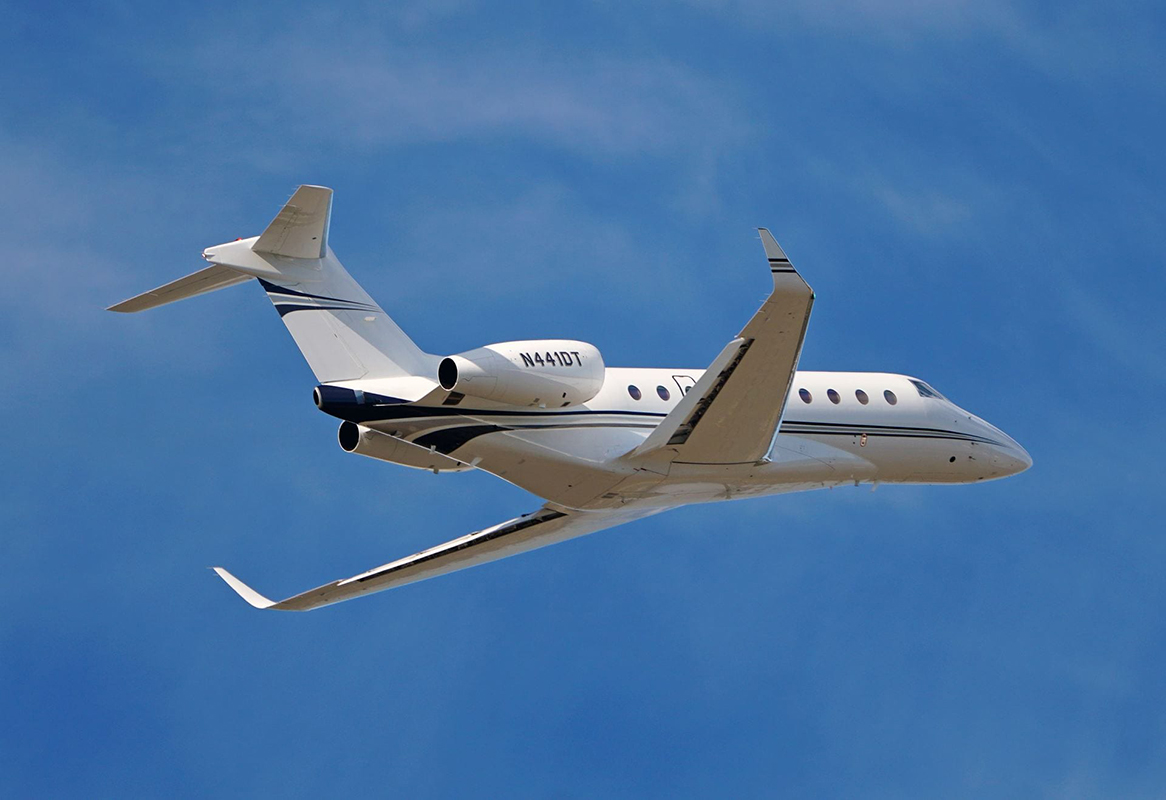News Story
Varaiya to speak on intelligent intersections, regulating TNCs

Spend a few minutes observing activity at a typical intersection, and you’ll see the potential dangers.
People wait to cross traffic. A runner jogs in place. A driver shifts lanes to get around a stopped car—and narrowly misses a bicyclist. The signals change, but some try to beat the red, continuing on through the intersection as oncoming drivers honk. Sometimes the layout of an intersection can be a problem: lane markings might be unclear, or the right of way hard to determine. For a variety of reasons, pedestrians, bicycles, and motorized vehicles frequently interact in ways that cause hazards.
Incidents at intersections can occur not only when people make wrong decisions, but also when they lack the information needed to make the right decision. Pravin Varaiya, a leading expert on transportation networks, believes intelligent intersections can help mitigate some of these risks and make things safer for everyone—whether on foot, behind handlebars, or at the wheel.
Varaiya, who is professor of electrical engineering and computer sciences at the University of California, Berkeley and a member of the National Academy of Engineering, will be outlining a plan for intelligent intersection infrastructure during one of two talks to be delivered at the University of Maryland, on Thursday (May 2) and Friday (May 3) respectively. The first lecture, “Making Intersections Safe with I2V Communications,” will be held on Thursday at 11 am in 1146 AV Williams.
On Friday, also at 11 am in 1146 AV Williams, Varaiya will present his second lecture, “Regulating TNCs,” covering a topic that has generated intense public debate.
Concerns about the impact of Transportation Network Companies (TNCs), such as Uber, Lyft and Didi, have spurred calls for regulation, including measures such as a minimum wage for drivers, a cap on the number of drivers or vehicles, or a congestion surcharge. Varaiya and colleagues have created a model that predicts the likely impact of such measures. By incorporating parameters such as ride prices, incentives for rider and driver, and the stochastic dynamics of app-based platforms, the researchers arrived at a surprising conclusion: a minimum wage, far from placing a drain on ride-sharing services, would promote efficiency and benefit drivers and passengers alike. Indeed, passengers would enjoy faster and cheaper rides, while TNCs would be pushed to hire more drivers. By contrast, the model shows that a cap on the number of drivers brings benefits only to the TNCs, with no gain to consumers.
Varaiya’s May 2 talk is an Advanced Networks Colloquia Series and Maryland Transportation Institute (MTI) Joint Distinguished Lecture, presented by the Maryland Hybrid Networks Center, the Electrical and Computer Engineering Department, the Institute for Systems Research (ISR) and MTI. His May 3 talk is an ISR and MTI Joint Distinguished Lecture, co-presented by the Maryland Hybrid Networks Center.
Both lectures will be hosted by John Baras, who is Lockheed Martin Chair in Systems Engineering at the University of Maryland, Director of the Maryland Hybrid Networks Center, and Founding Director of the Institute for Systems Research. For more information, contact Kim Edwards at kedwards@umd.edu.
About the speaker:
Pravin Varaiya is a professor of the Graduate School in the Department of Electrical Engineering and Computer Sciences at the University of California, Berkeley. He has been a visiting professor at the Institute for Advanced Study at the Hong Kong University of Science and Technology since 2010. He has co-authored four books and 350+ articles. His current research is devoted to transportation networks and electric energy systems. Varaiya has held a Guggenheim Fellowship and a Miller Research Professorship. He has received three honorary doctorates, the Richard E. Bellman Control Heritage Award, the Field Medal and Bode Lecture Prize of the IEEE Control Systems Society, and the Outstanding Researcher and Lifetime Achievement Awards from the IEEE Intelligent Transportation Systems Society. He is a Fellow of IEEE, a Fellow of IFAC, a member of the National Academy of Engineering, and a Fellow of the American Academy of Arts and Sciences.
Published April 30, 2019







